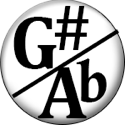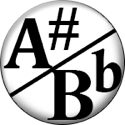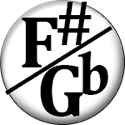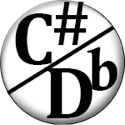Voiceleading Spread Triads
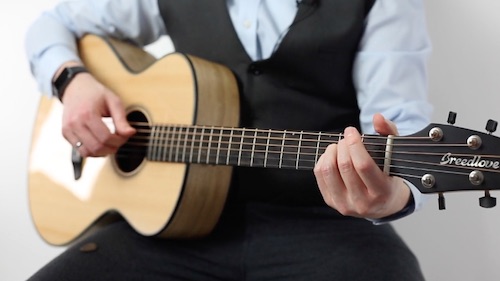
Voiceleading Spread Triads Hi, I'm Grey and this is Hub Guitar. Today we're going to apply the principles of voice leading to some spread triads. Spread triads are a nice accompaniment within a larger recording, and they also work well if you're playing in a group that already has other instruments, and you want something tasteful and sparse to add in to the mix. Rather than playing the same exact open chords or barre chords as the other guitar person. If you're not familiar with voiceleading, this is a great time to learn more about that. The basic principle of voice leading is that you're going to play a chord progression, consisting of several chords, and you're going to connect these chords by sure that the motion of the individual notes within each chord moves smoothly from one chord to the next chord. That means all chords will have the same amount of notes--in this case, each chord has three notes--and we a little bit strict, and be sure that don't make any unnecessary leaps. I look at each note within the first chord on an individual basis and ask myself: what is the minimum amount of movement I can use to turn this note into a note in the next chord? First I check every note to see if I have any that are in the first chord AND the second chord. If I do, that's called a common tone. Great! I'll keep it just the way it is. Then I check any remaining notes to see if any of them are a half-step away from a chord tone of the next chord. If so, I'll move those as well. Then I move on to whole steps. Normally you can do most of what you need with common tones, half step movements and maybe whole step movements. That makes the progression between the chords sound nice and smooth. And learning to voicelead chords on a guitar is one of the keys that helps you to unlock mastery over the fretboard, by seeing harmonic motion on the guitar and also just by getting so much practice time on naming those notes. Let's walk through the chord progression I, IV, vi, V in D major. That would be Dmaj, Gmaj, Bmin, and Amaj. Starting from D major on the 5th string of the Vth fret. Just to show you how we work out these spread voicings, in case you want to review, here's a D major closed triad: D, F#, A. Now I take the middle note, F#, and move it up an octave. And here's my chance to move the fifth of the chord, A, and move it to the 5th string so I can make this a little easier to play. From here I'll do my voice leading. [demonstrate] So that's it! Try coming up with your own chord progression that you like, and then use these spread chords to voice lead your way through it.
In order to really understand and make use of the spread triads, it’s necessary to apply them to real music.
Let’s take the common chord progression, “I IV vi V”, and voice lead it using the spread triads
From D Major, Root Position
Dmaj – I
Gmaj – IV
Bmin – vi
Amaj – V
From D Major, 1st inversion
Dmaj – I
Gmaj – IV
Bmin – vi
Amaj – V
From D Major, 2nd inversion
Dmaj – I
Gmaj – IV
Bmin – vi
Amaj – V
Key Exercises
- Learn, memorize, and apply the spread triads.
- Pick a new chord progression and voice lead it. Check out this Chord Progression Chart if you’re looking for a place to start.
 As the creator of Hub Guitar, Grey has compiled hundreds of guitar lessons, written several books, and filmed hundreds of video lessons. He teaches private lessons in his Boston studio, as well as via video chat through TakeLessons.
As the creator of Hub Guitar, Grey has compiled hundreds of guitar lessons, written several books, and filmed hundreds of video lessons. He teaches private lessons in his Boston studio, as well as via video chat through TakeLessons.




